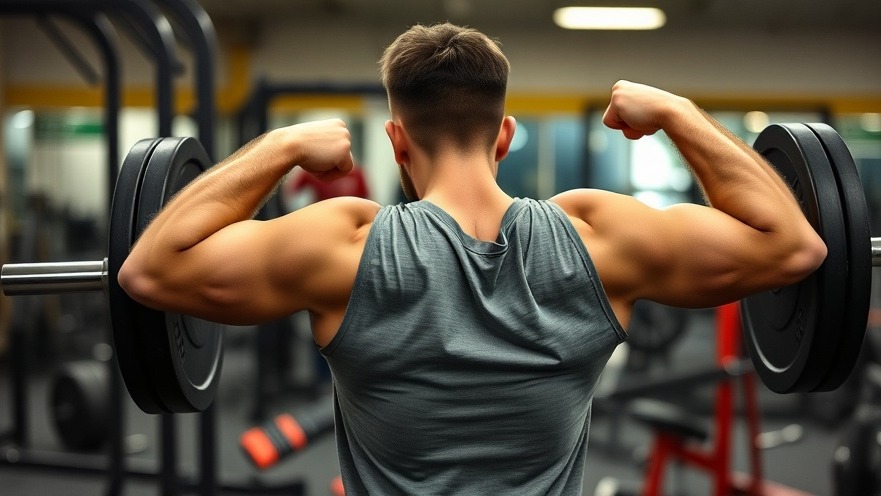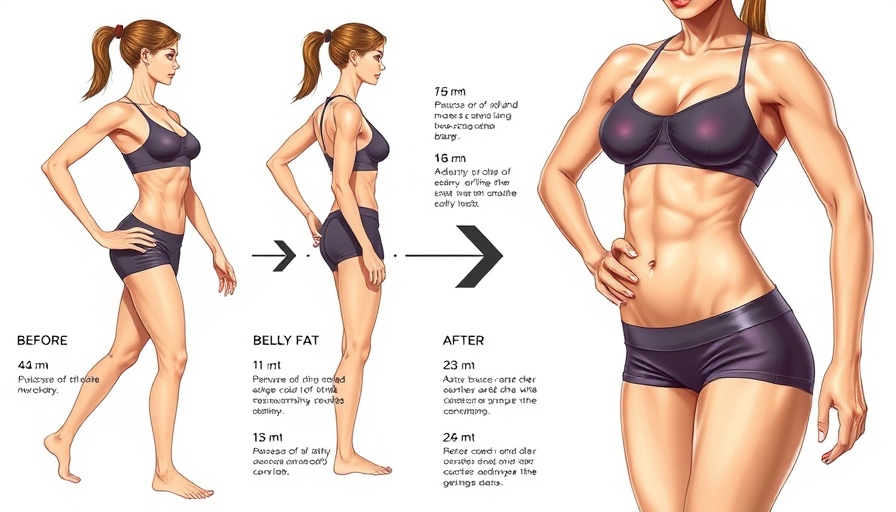
Are You Lifting Correctly? 20 Red Flags to Look For
When it comes to weightlifting, proper form is crucial. Lifting incorrectly not only hampers your progress but also sets you up for potential injuries. This article outlines the key signs that indicate your lifting form may need re-evaluation. Whether you're a beginner or an experienced athlete, recognizing these warning signs is essential for safe and effective performance.
Understanding the Importance of Proper Form in Lifting
Proper lifting form involves biomechanics that align your body optimally during each lift. Misalignment can drastically reduce effectiveness and increase wear on your joints. Similar to Olympic weightlifting, where mastering techniques like the snatch and clean & jerk is critical, your approach to lifting will determine not just your strength gains but your longevity in the gym. According to experts, the need for proper form transcends just safety; it's about maximizing your lifting potential.
The Red Flags: 20 Signs Your Lifting Form Might Be Off
Let's dive into the 20 signs that may suggest your lifting form is not as it should be:
If you feel joint pain during or after lifting, especially in your knees or back.
Experiencing inconsistent lifts—sometimes you can lift heavier, and other times you struggle at lighter weights.
Your body leans excessively forward during squats or other lifts.
Difficulty maintaining a neutral spine.
Struggling with your grip strength while lifting, which often indicates arm and shoulder misalignment.
Feeling overly fatigued post-lift even when you haven't put in extreme effort.
Noticeable form breakdown as sets progress.
Inconsistent speed when executing lifts.
Relying heavily on momentum rather than strength.
Missing lifts frequently due to balance issues.
If your knees cave inward during squats or deadlifts.
Noticing discomfort in your wrists or hands during overhead lifting.
Commonly falling forward during deadlifts and squats.
Excessive sway in your body while trying to stabilize the weight you've lifted.
Overreliance on certain muscle groups while neglecting others.
Shortness of breath quickly after starting your reps.
Inconsistently using your full range of motion when lifting.
Feeling tightness before your lifts, indicating insufficient warmup.
Observing physical signs of fatigue unrelated to workout intensity.
Often feeling unbalanced or shaky after a heavy lift.
Using equipment incorrectly or relying on unsupported movements, risking injury.
Preventing Injuries Through Proper Warm-Up and Cool-Down Routines
A comprehensive warm-up is critical before any weightlifting session. Dynamic stretches and light exercises can enhance your muscles’ mobility, reduce injury risks significantly, and ensure that you are adequately prepared for more intense lifting. This practice mirrors the emphasis on warm-up and stretching techniques essential in Olympic weightlifting.
Strengthen Your Core for Optimal Lifting
Core stability is paramount not just in lifting but across all physical activities. A strong core helps with balance and posture, allowing for better control over the weight being lifted. Engaging in specific core-strengthening exercises should be a staple of your training routine to support your lifting goals.
The Role of Coaches and Trainers
Working with a knowledgeable trainer can provide corrective feedback on your technique. Similar to Olympic weightlifting coaching, a trained eye can help catch flaws that can result in injuries or hinder performance. Investing in feedback from a coach not only helps in monitoring your form but also fosters a structured training regimen aimed at long-term progress.
Conclusion: Take Charge of Your Lifting Form
Recognizing the signs that your lifting form may be inadequate is just the first step. By addressing these issues and incorporating proper techniques into your routine, you can enhance your lifting efficiency and prevent injuries. Make your safety a priority by continually assessing your form until it becomes second nature. If you’re unsure about your techniques, consider seeking guidance from local gyms or certified trainers who specialize in lifting form to help you improve.
 Add Row
Add Row  Add
Add 




Write A Comment